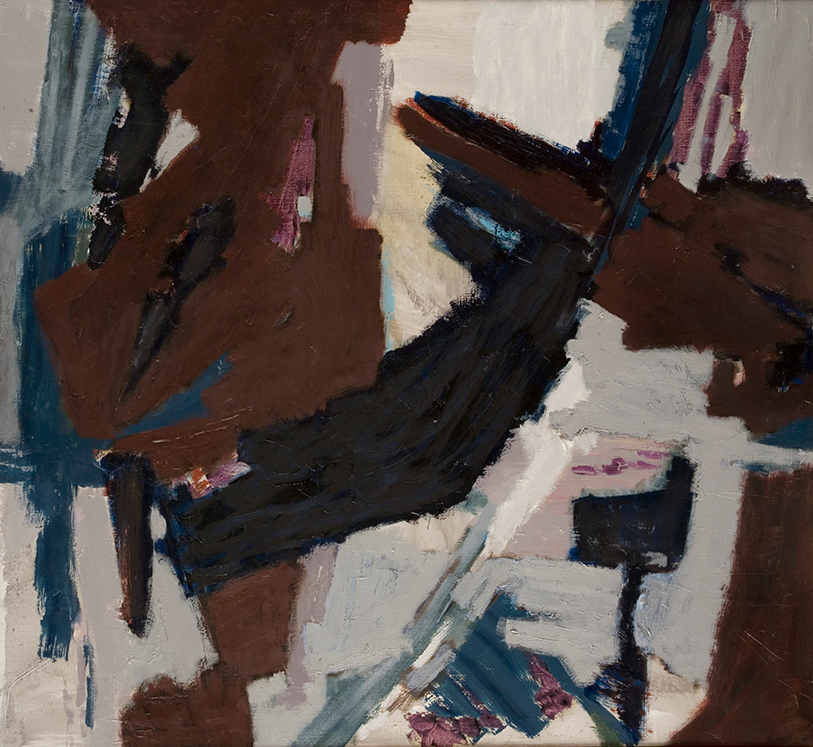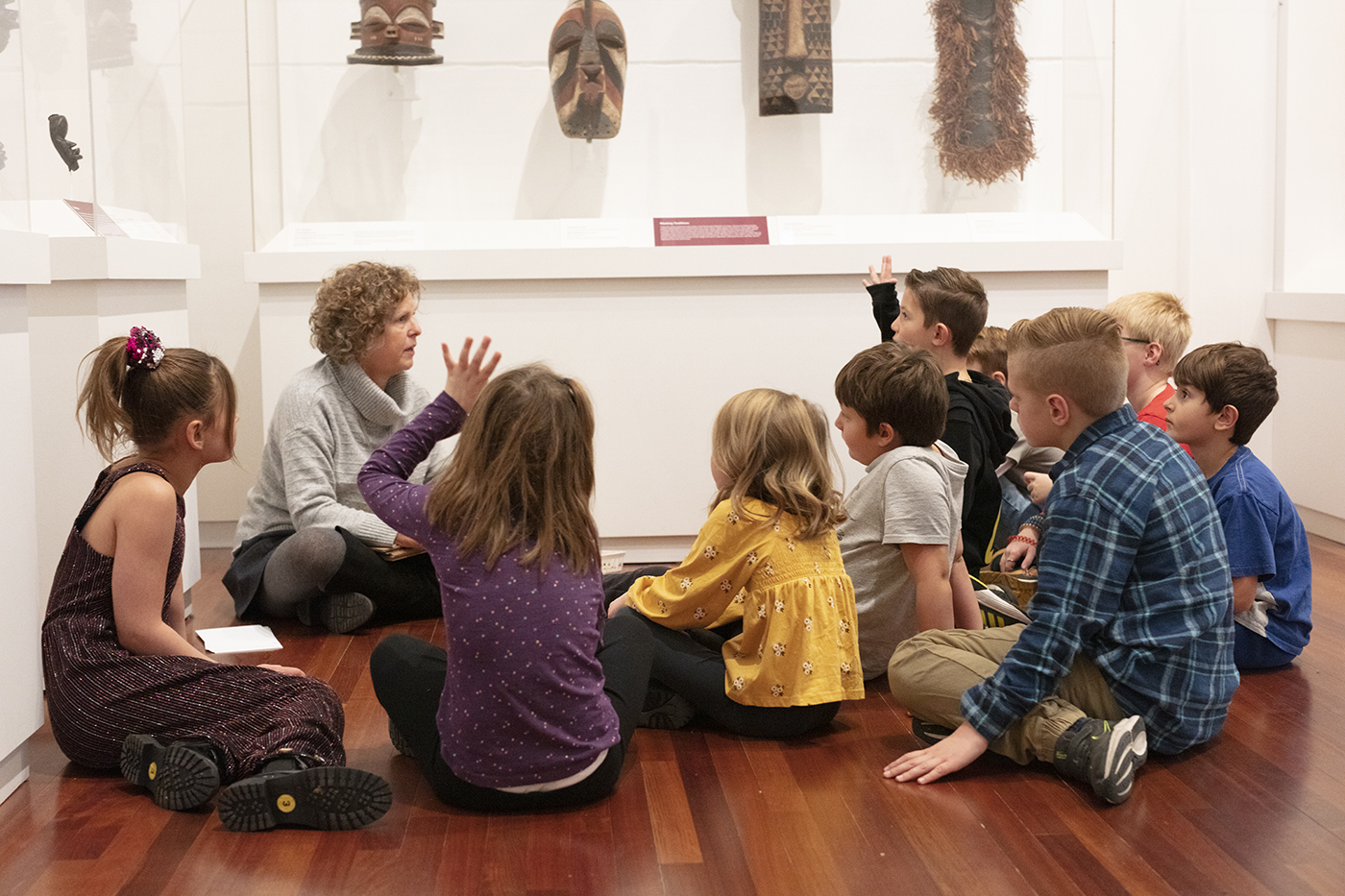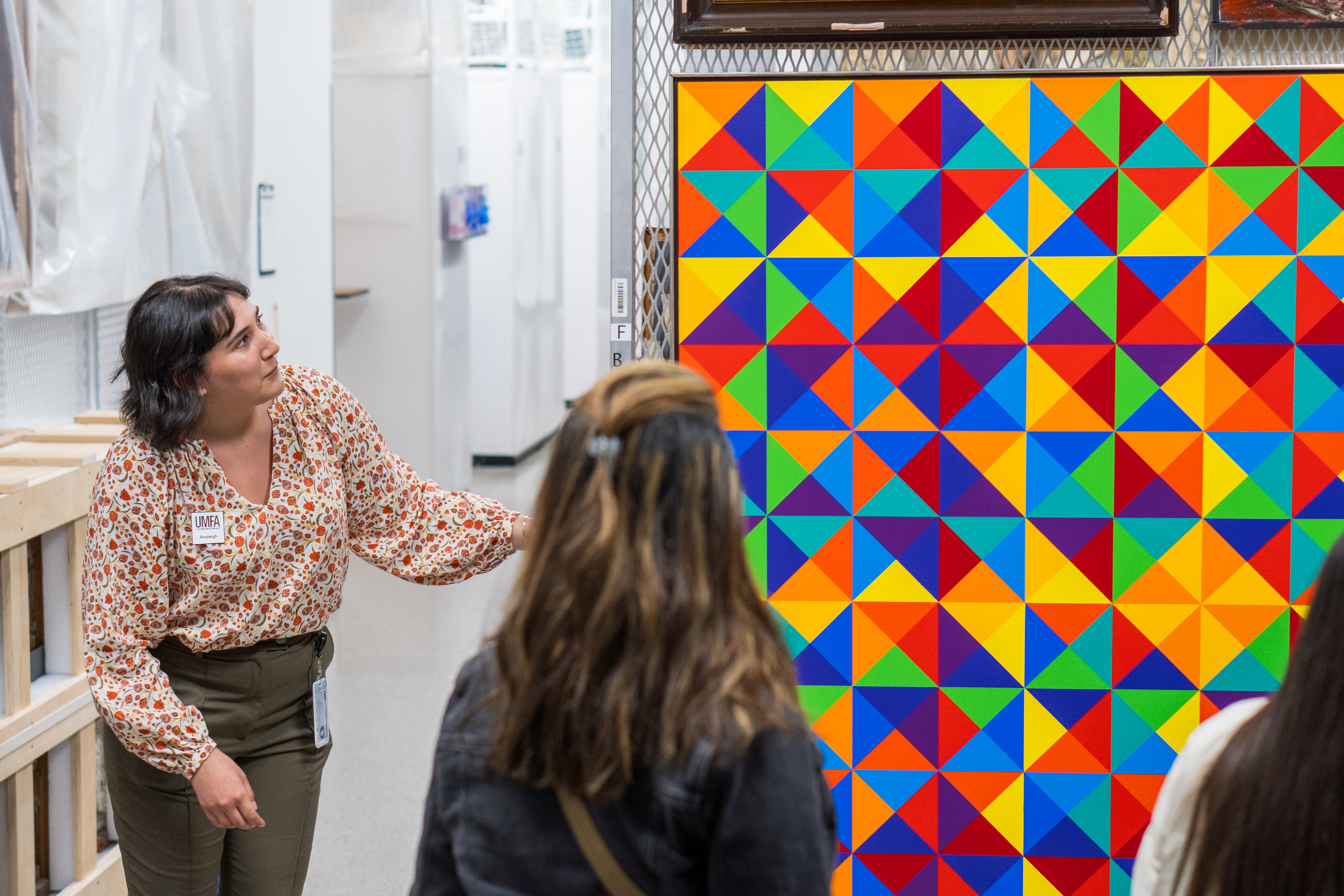By Lorraine Jackson, UMFA assistant registrar and Kenley Alligood, UMFA membership manager
The Utah Museum of Fine Arts acquires new objects into its permanent collection to help continue its mission to inspire critical dialogue and illuminate the role of art in our lives. The steps of the accession process are critical to ensuring that the art will be appropriately cared for and conserved for future generations. But how does the process work?
Art is acquired into the UMFA’s collection though both purchase and donation. Below we’ll explore how a donated object joins the collection.
Step 1:
First, donors contact curators at the Utah Museum of Fine Arts via an art donation offer form.

Step 2:
Next, a curator researches the proposed gift to see if it fits within the museum’s collecting scope and mission. Often curators will schedule an in-person viewing of the artwork. In addition to remaining compliant with the guidelines for ethical acquisition outlined by the Association of Art Museum Directors the UMFA takes additional steps to ensure ethical acquisition practices as a part of the Museum’s continuing mission to decolonize the museum.

Step 3:
The artwork is then presented to the UMFA Collections Committee for approval. The variety of expertise and viewpoints on this committee ensures the museum considers all aspects of acquiring a new object: The artwork’s ability to enrich the permanent collection, connect to and inspire our community members, and an evaluation of the UMFA’s ability to appropriately care for and store the object.

Step 4:
If approved, the object will come on-site for physical assessment and undergo cataloguing (including notating provenance, description, dimensions, and insurance documentation), photography, and permanent storage housing.
Step 5:
The collections team performs a condition check. Based on the object’s condition, due to factors such as the object’s age and materials, conservation treatment may be required for long-term preservation.
In the case of a recent donation, Fritz Scholder’s Indian Waiting in Washington, DC, conservation by a paintings conservator was necessary to ready the work for public access.
Step 6:
The work will then join the permanent collection in collections storage where it is cared for by the Collections department. If slated for exhibition, preparations begin for safe public display. This includes framing, gallery design, label development, and scheduling installation.

Step 8:
Finally, Gallery preparation and installation begins, and the art goes on view!
The Utah Museum of Fine Arts is immensely grateful for the generous gifts that have granted Utahns access to incredible art and allowed the UMFA to conserve the pieces for generations to come. Visit the UMFA today to see some of these gifts for yourself. Incredible gifts like Maze II and Indian Waiting in Washington, DC are on view now in the Global and Contemporary gallery!
